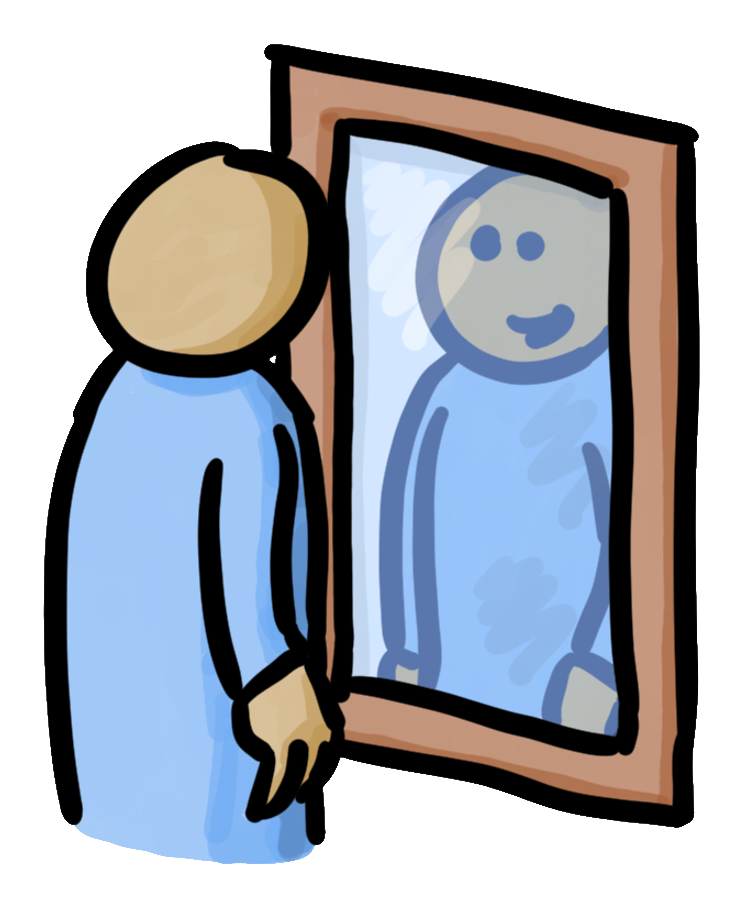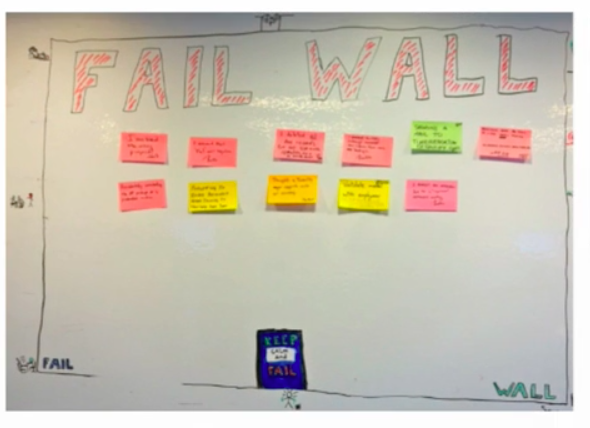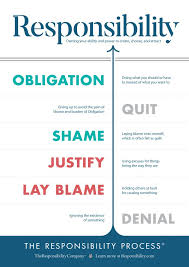5. Model the culture you want to see
Why it matters
Anthropologist Clifford Geertz defines culture as:
Culture is the stories we tell ourselves about ourselves
When we meet, we often reminisce about past events. When asked to describe what it’s like in the team, department or the company, we often do this by telling stories. The stories we tell explain who we are to ourselves. Some stories become popular and repeated because we (subconsciously) believe there is an important lesson in them, that they reveal something truthful.

And we create new stories for the future every day. Intentionally and unintentionally. Celebrations will become stories about what we did right. Failure stories about what we could have done better. The wandering Kudos trophy that isn’t rewarded by the manager but by a peer – is a story about equality and inclusion. Working weekends – stories about motivation and grit, or maybe about unfair expectations. Management outbursts – stories about lack of trust in leadership.
As a formal and informal leader you need to be very mindful that what you say and how you respond will be interpreted and given meaning. Particularly during times of stress when there might be a mismatch between what we say and what we do. These moments will generate gossip around the coffee machine and be the afterwork campfire stories of the future.
How it works
Practice 1: “Am I okay with others copying me?”

Before you act or respond, consider if you are okay with others copying your actions as a norm. Before you make your decision, decide if you would like others to use your decision as a reference example for future similar situations.
Are you okay with others copying you? If not, you should probably slow down and reconsider.
If you find yourself often pushing a meeting past it’s end time, ask yourself – would I be okay with the general rule “The meeting ends when the meeting owner says so”?
If our department goes on this offsite, am I prepared to make the expenses public for others to see?
An example of how actions create campfire stories:
At a big bank’s headquarters, a large group of people had booked a big workshop room for a few hours to run an important planning exercise. When the crowd arrived they found the CTO in the room, briskly waving them away pointing at his phone. Obviously there was an important call going on.
Baffled and confused we went looking for another big room that could fit us all, but failed and had to postpone the session. I managed to find the CTO later that day and explained to him what I observed and the impact his small gestures had on the people.
This could have turned into a story that it’s okay to be rude and ignorant as long as you have a more important title. Fortunately the CTO rewrote the story to something else. Before the day was over he had hunted down the participants and deeply and honestly apologized. A few days later he shared this failure at the big town hall and asked everyone to immediately let him know if he failed to live up to the values he says he tries to live by, or simply behaved as an a**hole. This story instead became one about acknowledging shortcomings, being transparent about it, asking for forgiveness and about equality.
Practices 2: Be humble and open about failures and learnings
The only way to create an environment where people and teams are willing to assume ownership and responsibility is when they feel safe to make their own decisions. Sometimes those decisions will not result in the expected outcome. But if we want teams to move fast and learn fast, this needs to be totally okay. Teams and people need to feel safe to speak up, disagree, experiment and take risks.
To foster and strengthen this belief (known as Psychological Safety) the leadership needs to be transparent about their own shortcomings and mistakes. They need to share their failures, be humble and speak about what they’ve learned. To show others through action that we praise responsibility, vulnerability and honesty.
Write blogs about strategic gambles that didn’t pan out and what you learned from them.
Instead of looking for whom to blame after a production failure, host a Post-Mortem.

Put up a Fail Wall, i.e. whiteboard. Whenever you have made a blunder or mistake, put up a Post-it, tell those around you what happened, do a failure bow and receive an applaud.
Hold talks about your own personal development, things you wished you had done differently and what you’re currently working on to improve.
Practice 3: Use the power of open questions
The questions we ask have a tremendous impact on culture. Ask open questions from a stance of curiosity. Don’t ask closed questions where there is an expected “right answer”.
If the majority of questions revolve around control and failure avoidance, you will optimize for mediocrity.
Examples:
Closed questions like “Will you finish on time?”, “How will you ensure that won’t happen?”, “Does anyone disagree?” have expected “right” answers. To look like we are doing a good job we want to reply that we will hit the deadline, that we are on top of things, that we understand, etc. The easiest way to do this is to play it safe, set lower ambitions, bloat time estimates and hide concerns. Closed questions born from a need for control will optimize for mediocrity.
Open questions don’t end a conversation, they start a dialog. If you want to promote and invite ownership, learning and courage, ask questions like “What have you recently learned about your users and stakeholders?”, “What would help you move faster?”, “Would you like guidance on future options in your roadmap?” or “Could you share some recent improvements to your ways of working?”
David Marguet offers more advice on how to use the power of language in his book “Leadership Is Language: The hidden power of what you say – and what you don’t”:
- As the leader, you should be the last one to offer your opinion. Rather than locking your team into binary responses (“Is this a good plan?”), allow them to answer on a scale (“How confident are you about this plan?”)
- Ask your people to improve on plans and processes, rather than prove that they can meet fixed goals or deadlines. You’ll face fewer cut corners and better long-term results.
Practices 4: Shine light on positive role models
Culture is built by people. Everyone takes part in shaping it. Formal managers. Informal leaders. But the strongest influencers of your culture live in the future, i.e. your future leaders and future recruits.
As a formal leader, make sure you shine light on positive role models. Who you choose to show public appreciation to, and how, tells a clear story of what kind of behaviors and contributions are valued.
Don’t only promote people based on performance, what’s even more important is what aspects of the culture they will strengthen (or undermine) once promoted.
When recruiting, put effort in cultural fit interviews. You’re not only recruiting expertise and brainpower but values and beliefs as well. Furthermore, who you choose from a set of candidates also sends a strong message of what’s valued and important.
Shine light on your positive role models by asking them to share knowledge on the Town Hall. Encouraging them to drive initiatives. Asking them to do public talks at conferences. Give them appreciations in the #kudos slack channel.
Practice 5: Study Christopher Avery’s Responsibility Process

What you say and do under pressure, when you’re not your best self, creates ripples. It will be interpreted, talked about and set norms.
It doesn’t matter if you verbally say something is important if others see you behave in contradiction to that. How you behave when stressed, will be observed by others and demonstrate what acceptable behaviour is.
You want to act and respond from a place where you accept things as they are, see all options and feel the power of choice. That’s when you are able to act responsibly. These will be actions you can honestly justify afterwards and behaviours you would like to see in others.
To help you recognize when your mind is clouded by laying blame, justifying, feeling shame or obligation, study Christopher Avery’s Responsibility Process.
References
The Responsibility Process: Unlocking Your Natural Ability to Live and Lead with Power, Christopher Avery, 2016
Leadership Is Language: The hidden power of what you say – and what you don’t, L. David Marguet, 2020
Organizational Culture and Leadership, Edgar H. Schein, 2017
Turn the Ship Around!: A True Story of Turning Followers into Leaders Hardcover, L. David Marguet, 2013
The Fearless Organization: Creating Psychological Safety in the Workplace for Learning, Innovation, and Growth, Amy C. Edmondson, 2018